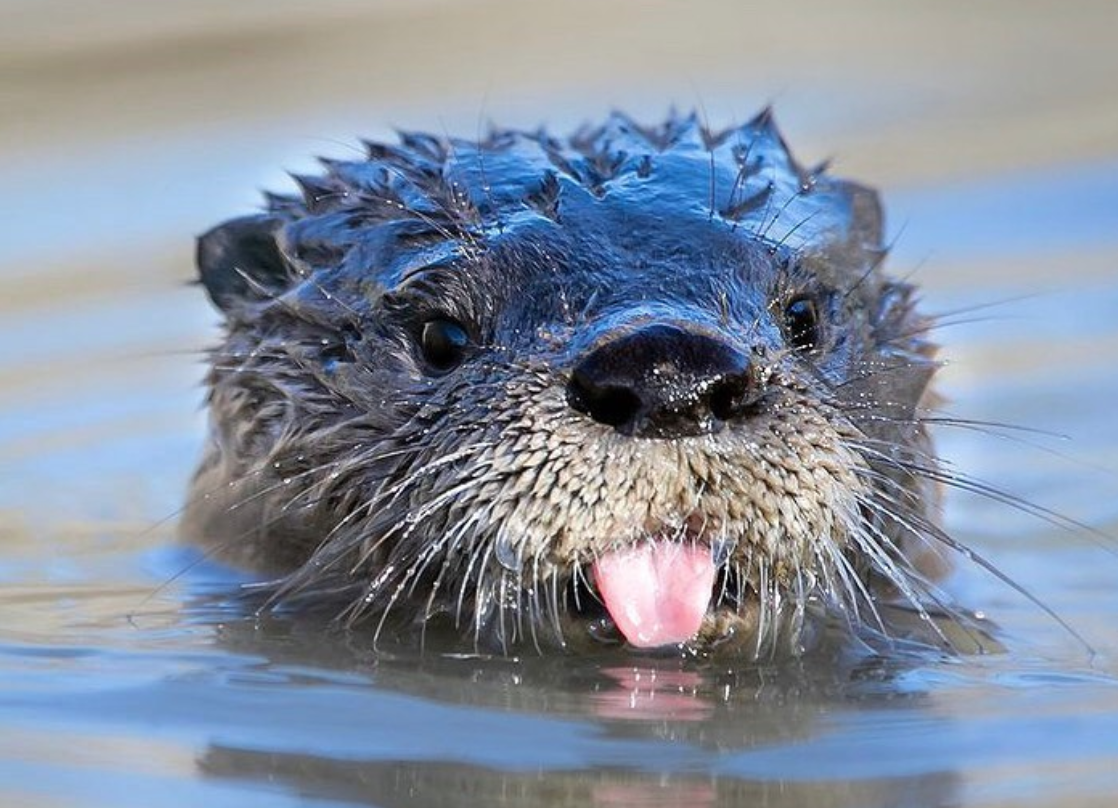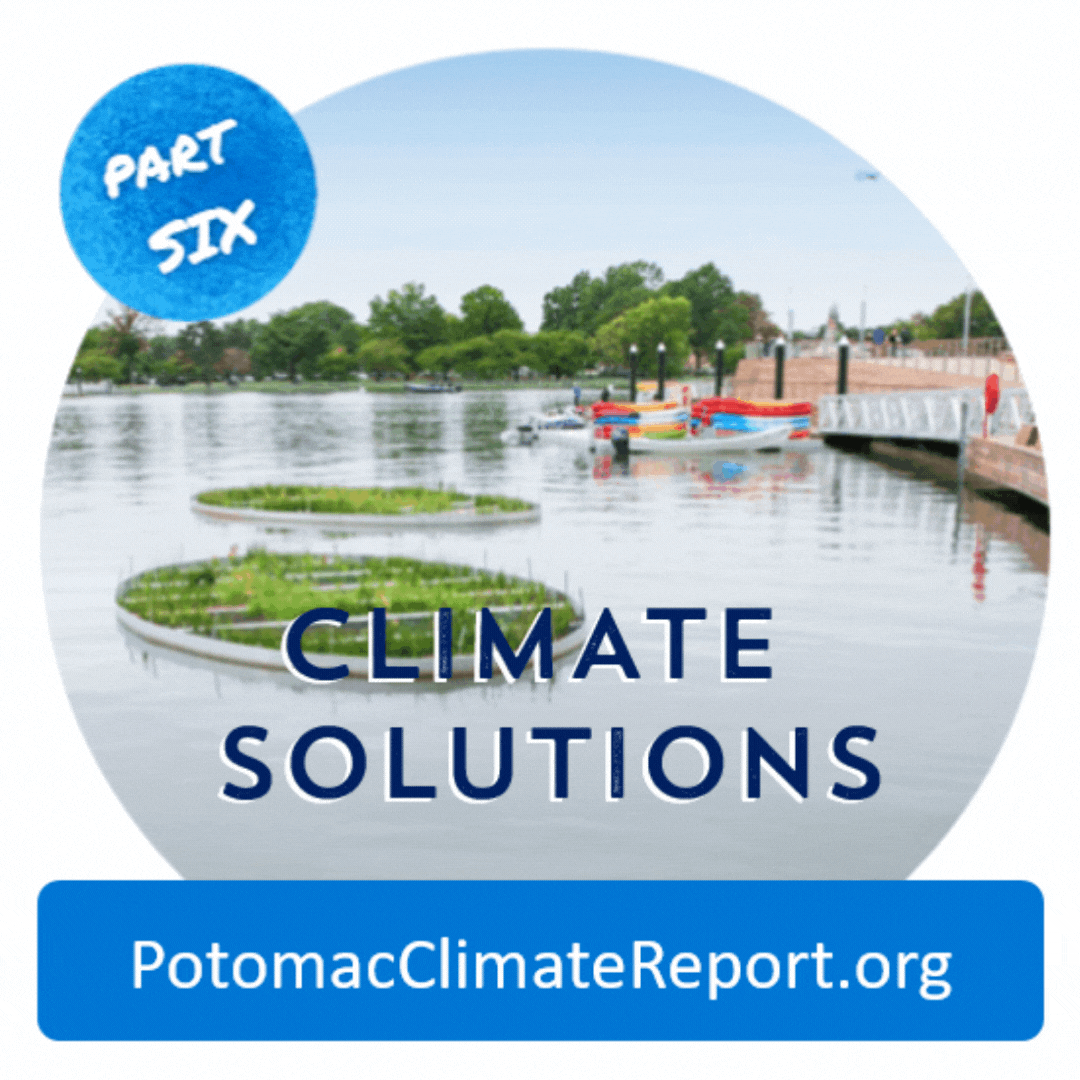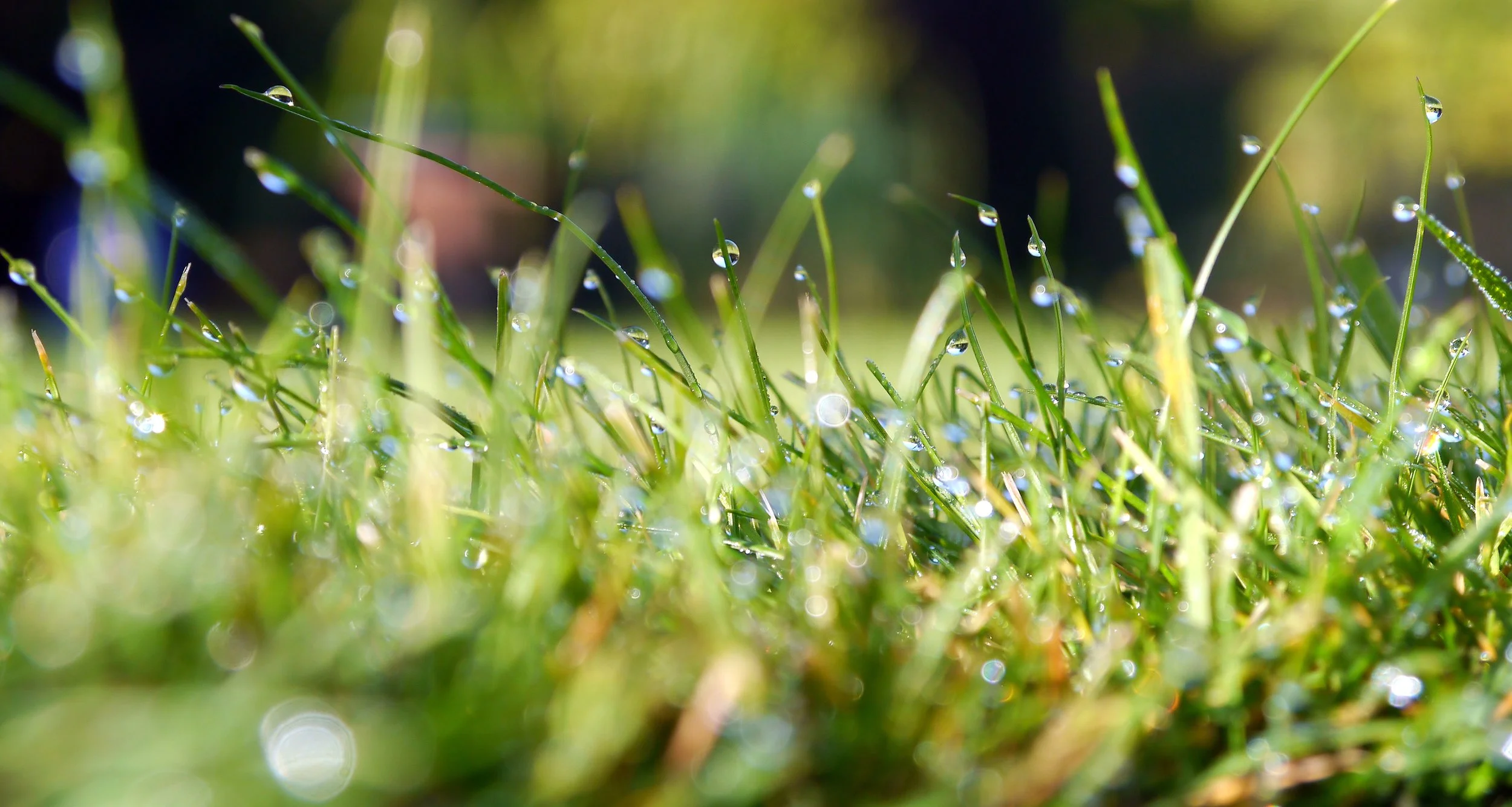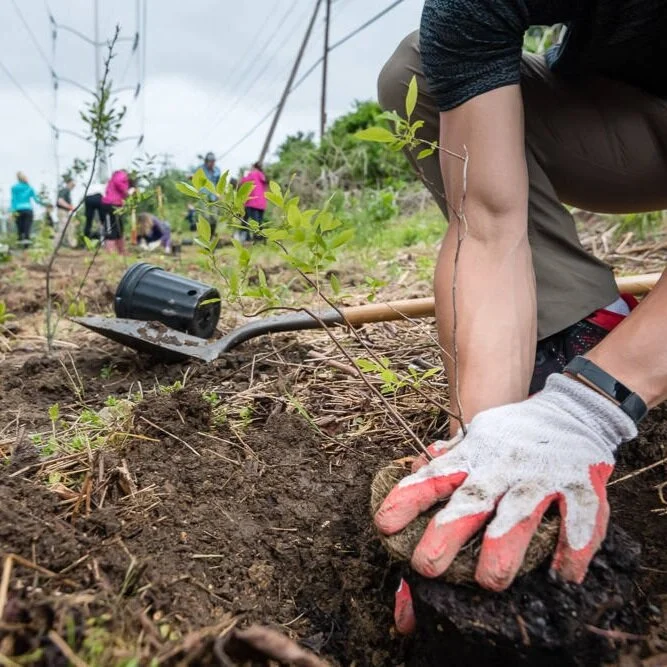6 local wetlands to quench your wanderlust
/Wetlands protect the Potomac River. They’re also playgrounds for animals and people…
Dyke Marsh by Geoff Livingston/Flickr
Don’t drain the swamp, play in it!
For most of this country's history, wetlands were seen as an impediment to development. But now we understand how paving over wetlands means destroying incalculable ecological services - and some of the Potomac River region’s most magical travel destinations.
Luckily, many wetlands still exist dotted amongst the DC metro area’s urban sprawl. But before we take a tour of these islands of calm, let’s answer…
Why are wetlands so valuable?
A wetland is a type of habitat where collected surface water or groundwater floods the soil and keeps the land wet (get it?) for at least part of the year. There are many different definitions and types of wetlands. But all are remarkable barriers against both the root causes and the local consequences of climate change.
“When rivers overflow, wetlands help to absorb and flow floodwaters. This ability to control floods can alleviate property damage and loss and even save lives. Wetlands also absorb excess nutrients, sediment, and other pollutants before they reach rivers, lakes, and other waterbodies.”
Wetlands also fight the underlying cause of climate change – carbon dioxide in our atmosphere – by sequestering a disproportionate amount of the earth’s soil carbon.
So when you go to visit them, not only can you kayak among fields of lotuses, spot elusive river otters, and fish for bass, you can thank them for all they do.
So, in no particular order, let’s wade in to six spectacular Potomac River wetlands…
Dyke Marsh Wildlife Preserve
Image Courtesy of geoff Livingston/Flickr
485-acre Dyke Marsh is a conservation success story nestled along the western shore of the Potomac River south of Alexandria, VA. Subject to decades of dredging, it almost eroded into nothing. Today, an extensive restoration program is in the process of restoring the marsh to its full potential.
Explore the Friends of Dyke Marsh website to learn about the many, many animals you may encounter there, then plan your trip!
Kenilworth Park & Aquatic Gardens
Image courtesy of F Delventhal/flickr
A true wetland in our nation’s capital! That’s right, DC residents can easily walk, bike, or take the metro to this aquatic garden wonderland off of the Anacostia River.
Beavers, waterbirds, and turtles make their homes here, but the true highlight is, of course, the flowers.
The garden host Lotus and Waterlily festival every July - the 2021 festival starts July 8, so plan your visit now>
Huntley Meadows
Image courtesy of @oxanawarephotography/instagram
Huntley Meadows is a great place to go to test your ability to differentiate between beavers, muskrats, and river otters, because lots of aquatic mammals are thriving at this freshwater wetland in Fairfax County, VA.
It’s become a bit of a destination for photographers hoping to capture playful (and mostly nocturnal) river otters and other animals that flock to the 50 acre wetland formed by a meander of the Potomac River. A very pink and tropical bird even recently made a rare appearance!
Huntley Meadows Park as a whole is 1500 acres and includes forests, meadows, and miles of boardwalks and trails, so make sure to do your trip planning research>
J. Metz Neabsco Creek Wetlands Preserve
Image courtesy of ehpien/Flickr
What are spatterdock and marshmallow plants, you wonder? Go find out at the Neabsco Creek wetlands in Prince William County, VA.
The 3000 foot boardwalk over the middle of the Marsh is a great place to do some birdwatching - especially in winter. Birds regularly seen here include yellow-billed cuckoos, barred owls, northern flickers, eastern phoebes, and red-bellied woodpeckers.
The trail network around the marsh is part of the Potomac Heritage Trail, which runs from the Alleghany mountains to the mouth of the Potomac River. So pack your hiking boots and get planning >
The Great Marsh
Image courtesy of Judy Gallagher/flickr
The Great Marsh is part of the Elizabeth Hartwell Mason Neck National Wildlife Refuge which was established in 1969 to protect the then near-exinction bald eagle (there were fewer than 500 pairs in the entire nation!).
Our nation’s symbol has since made a stunning recovery and can be spotted soaring over the Marsh. This bird-watching destination is a stop-over for ducks, raptors, and songbirds stop during fall and spring migrations and a winter home for waterfowl like hooded mergansers and northern pintails, tundra swans, and geese.
Break out the binoculars and head to this, let’s say it, fantastic marsh on Mason Neck Peninsula in Fairfax County, VA.
Mattawoman Creek
Image courtesy of Will PArson/Chesapeake Bay Program
The Mattawoman Creek watershed in Charles County, MD is a place of deep cultural significance to the Indigenous Piscataway people who remain in the area today. Its pristine quality in one of Maryland’s fastest growing counties also makes it a treasured fishing and paddling destination.
When officials chose to protect this area five years ago from development, they described it as one of the state’s “healthiest and most threatened water bodies.” So what’s threatening it?
Well, possible reversal of those protections. While activists fight to save this special place, join them in appreciating its beauty by heading down to this Southern Maryland oasis >



















